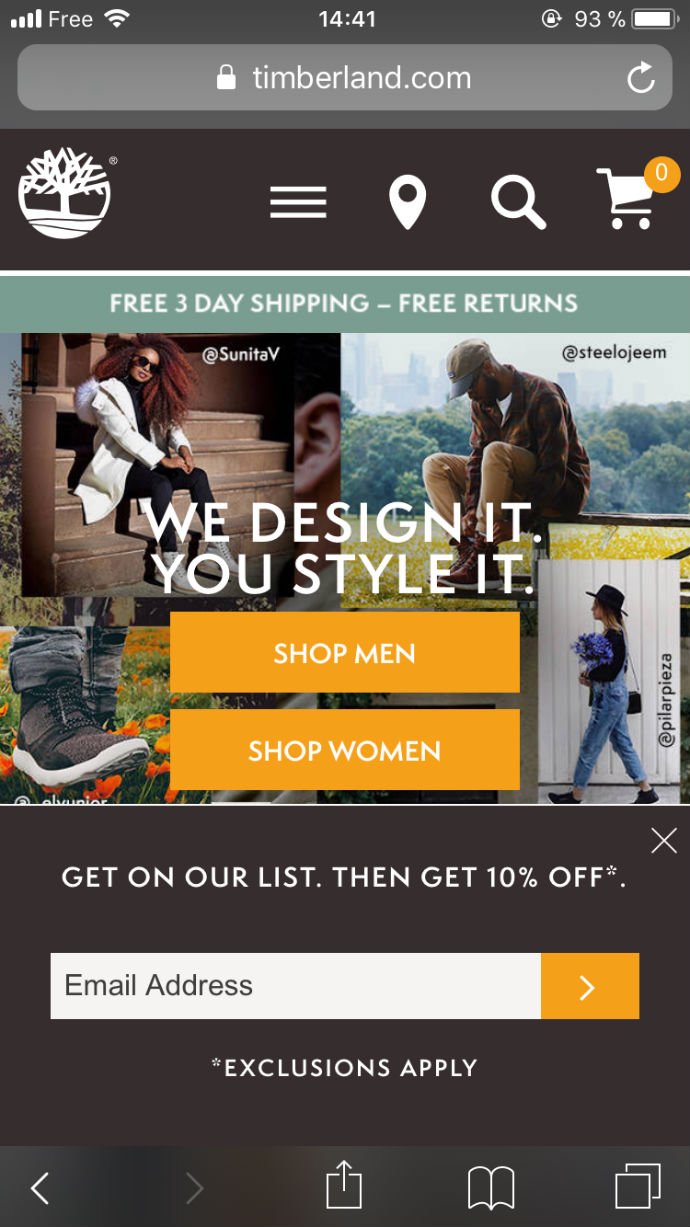3 major popup trends to follow in 2018


Popups are already the best way to collect email addresses. As Head of Customer Success at WisePops, an intelligent popup solution, I see customers convincing as many as 1 visitor out of 5 to subscribe to their newsletter with a simple email popup.

Our average subscription rate is 5.9%. In other words, out of 10,000 visitors seeing a popup, our customers collect on average 590 emails. And if you don’t believe me, there are plenty of case studies on the matter which go in the same direction.
5.9% is good. But are there any new techniques you could use to boost your popups’ performance? The reply is a resounding YES. As most online marketing tools, popups are evolving very quickly. Let’s review the latest developments and how they can help you collect more email subscribers.
Trend #1: popups will be (way) smarter (targeting)
Targeting plays a huge part in the success of an opt-in popup. Some of our customers’ popup A/B tests showed that a simple tweak in the targeting can double the number of emails collected. And in terms of targeting, lots of options have appeared in the past few months.
In recent months we’ve seen a new trend emerging where marketers design different campaigns for each of their categories or topics. Here’s a good ecommerce illustration from SohoHome, an Interior shop. The message perfectly matches the category where it’s displayed, thus driving a higher engagement.

Here’s another example from KlientBoost, a CRO and PPC agency. They create separate campaigns for their most popular blog articles. This campaign is displayed on one page only.

Popups are adapting to the context
Marketers are pushing this logic further with contextual targeting. In short, it’s a way to trigger a popup when some custom conditions are met by the page or the user. Popular examples include popups displayed depending on the cart value, popups adapted to the user’s loyalty status, or popups displayed to users who have visited a specific page before.
Here’s one example from Christy Dawn, a fashion retailer. They display a specific popup on out-of-stock products.

As you already guessed, the engagement rate is pretty high.
Trend #2: Popups are mobile
Earlier this year, Google shared new guidelines for mobile popups. Prior to this release, they invited webmasters to stop displaying popups which prevented users from accessing content on a landing page.
Since then, marketers have adapted their popup strategy to this change and mobile popups have never been this efficient and user-friendly.
Nike is leading the game with a popup displayed when a user clicks a call-to-action:

Another good illustration comes from Timberland. See how they shrank their popup’s size?

Why do they bother? Because mobile now makes up the majority of Internet traffic. And marketers need to adapt to this new paradigm.
Trend #3: Popups are coming alive
With the rise of video marketing and GIFs, it seems only logical that marketers draw inspiration from this trend and add life to their popups. Why is it so important? Because it contributes to catching your visitor’s attention and boosts your popups’ CTR.
This is how Inkbox adds fun to their opt-in popups:

Here’s another example from Vivadogs, a company offering boxes for dogs. What’s so interesting about it is that:
(1) it makes the message very visible (could you miss it? no!)
(2) it gives a good sense of what customers can expect when they order a box for their pet
(3) it’s more fun than a basic popup

Wrap-up
Popups have been an essential part of marketers’ toolboxes for a few years now. But like any marketing tool, you must renew it to make sure it’s adapted to the changing behavior of your visitors and leads.
As Einstein once said, “the measure of intelligence is the ability to change”. Let’s be more intelligent in 2018 and let’s work hard on our popups!
This partner guest post was written by Greg d’Aboville who’s Head of Customer Success at Wisepops, a tool that helps marketers build intelligent website popups.



